No products in the cart.
ECS
Endo cannabinoid:
This endocannabinoid system of our body is comprised of a dense network of chemical signalsand cellular receptors. These receptors manage most of the critical bodily functions like sleep,emotional cycle, pain and temperature control, immune and inflammatory responses. ullamcorper eros justo, vel mollis neque facilisis vel.
CB1 (Cannabinoid receptor 1):
CB1 or cannabinoid receptor 1 acts as a traffic cop or security which maintains and controls theactivity of other neurotransmitters in our body. And it's located and found in the nerve cell of the brain, and spinal cord, and also found in the spleen, WBC, endocrine glands etc.
CB 2 (Cannabinoid receptor 2):
CB2 or cannabinoids receptor 2 is a peripheral receptor for cannabinoids. CB2 is responsible for the regulation of immune signaling anti-inflammatory responses. Cannabinoids via CB2 carry out anti-inflammatory responses in the body.
THC (tetrahydrocannabin
Tetrahydrocannabinol (THC) is the principal psychoactive constituent of cannabis and one of at least 113 total cannabinoids identified on the plant. Although the chemical formula for THC (C 21 H 30 O 2 ) describes multiple isomers. It triggers the neurons which results in pleasure, thinking, memory, and coordination. It acts asan anti-inflammatory, analgesic, and antispasmodic.
CB1 (Cannabinoid receptor 1):
CB1 or cannabinoid receptor 1 acts as a traffic cop or security which maintains and controls theactivity of other neurotransmitters in our body. And it's located and found in the nerve cell of the brain, and spinal cord, and also found in the spleen, WBC, endocrine glands etc.
Cannabis sativa
C. sativa or Industrial hemp falls to the same species of the cannabis plant, containing 500+ chemical compounds namely, delta-9 tetrahydrocannabinol (THC), cannabidiol (CBD), cannabidivarin (CBDV), cannabigerol (CBG), and others. C. sativa is consumed for recreational, medicinal, and spiritual purposes
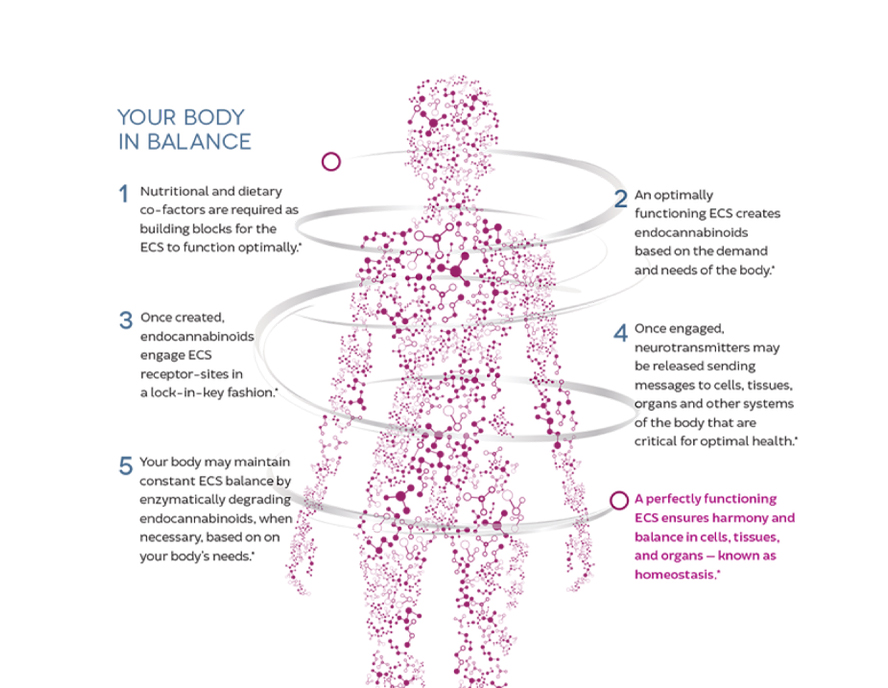
Endo cannabinoid:
This endocannabinoid system of our body is comprised of a dense network of chemical signalsand cellular receptors. These receptors manage most of the critical bodily functions like sleep,emotional cycle, pain and temperature control, immune and inflammatory responses. ullamcorper eros justo, vel mollis neque facilisis vel.
CBD (CANNABIDIOL)
It's a phyto-cannabidiol derived from hemp or non-hemp plant, Studies and research have shown that CBD or cannabidiols are versatile and potent ingredients in easing anxiety, pain, and neurological disorders.
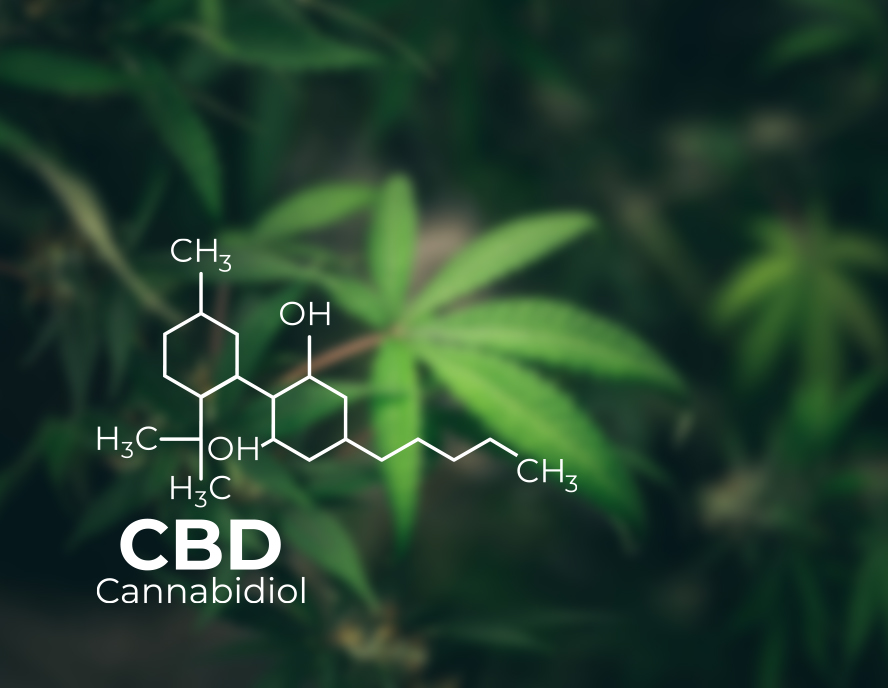

CB 2 (Cannabinoid receptor 2)
CB2 or cannabinoids receptor 2 is a peripheral receptor for cannabinoids. CB2 is responsible for the regulation of immune signaling anti-inflammatory responses. Cannabinoids via CB2 carry out anti-inflammatory responses in the body.
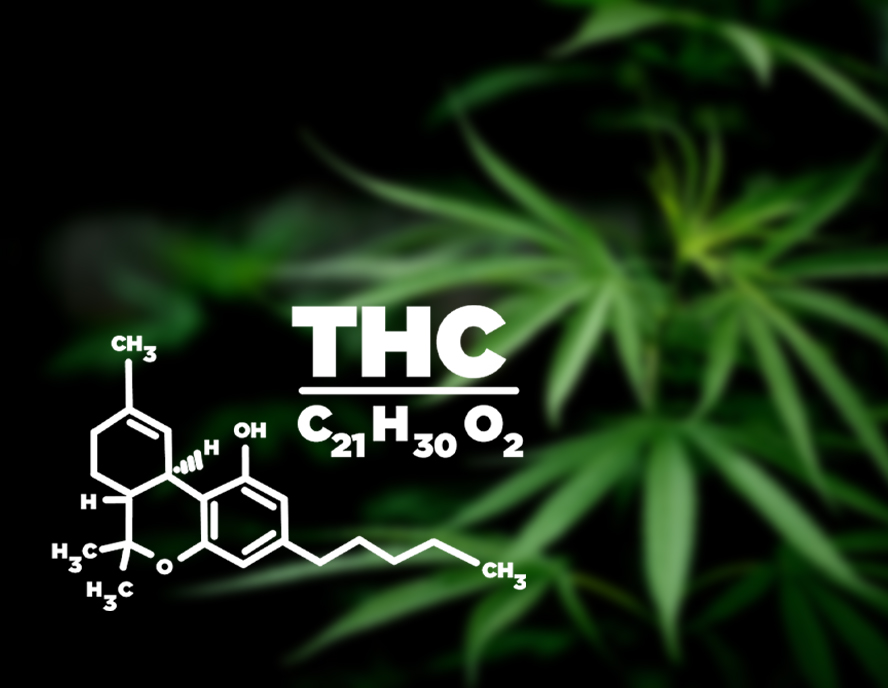
THC (tetrahydrocannabin)
Tetrahydrocannabinol (THC) is the principal psychoactive constituent of cannabis and one of at least 113 total cannabinoids identified on the plant. Although the chemical formula for THC (C 21 H 30 O 2 ) describes multiple isomers. It triggers the neurons which results in pleasure, thinking, memory, and coordination. It acts asan anti-inflammatory, analgesic, and antispasmodic.
Cannabis sativa
C. sativa or Industrial hemp falls to the same species of the cannabis plant, containing 500+ chemical compounds namely, delta-9 tetrahydrocannabinol (THC), cannabidiol (CBD), cannabidivarin (CBDV), cannabigerol (CBG), and others. C. sativa is consumed for recreational, medicinal, and spiritual purposes
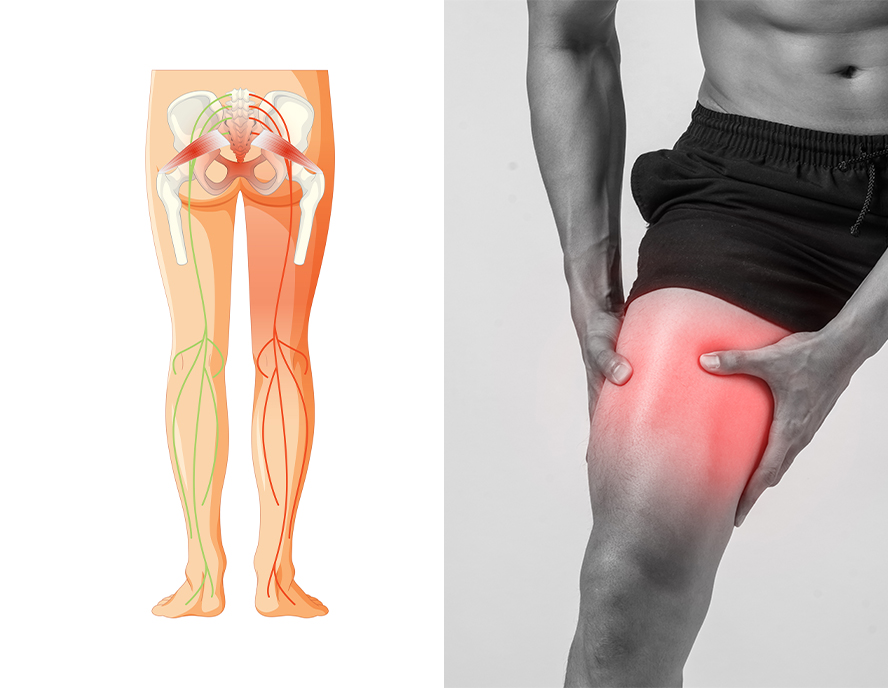
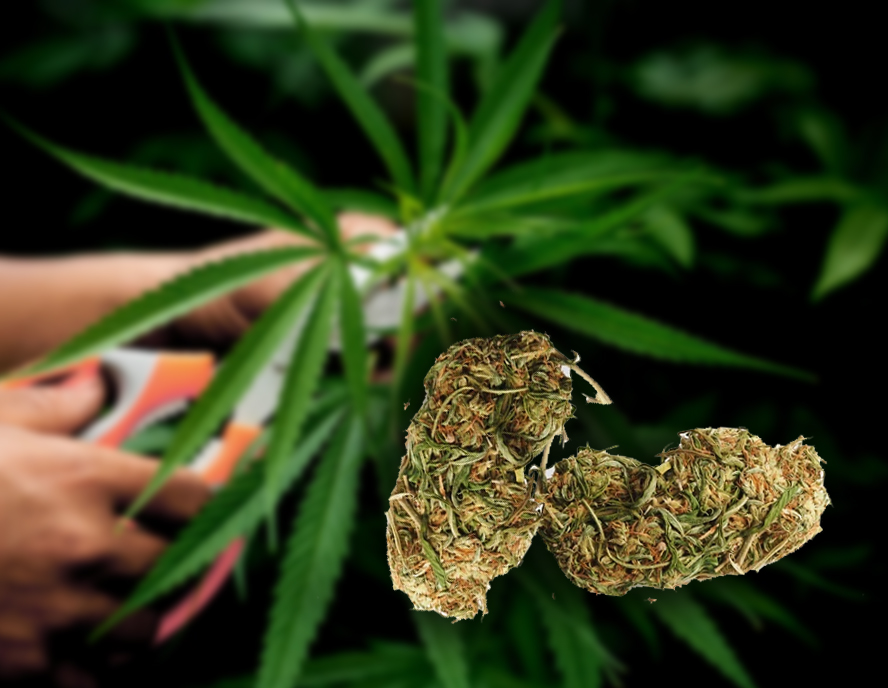
Cannabis indica
Second well-known species under the cannabis plant. With a high concentration of THC,providing a euphoric effect, this plant is mainly used as a recreational drug, alternative medicine for chronic illness and clinical research drug.

Cannabis ruderalis
One distinguished cannabis species due to its unique traits and phenotype. C. ruderalis is basically used in folk medicine especially for treating depression, because of its very low THC-producing biotype among all cannabis plants.
Holy Basil oil
Did you know that holy basil is regarded as the most sacred plant in India and is known as “The Queen of Herbs?” A powerful antioxidant for your daily health problem, holy basil has a diversified spectrum of benefits but topical application as oil will work as an anti-inflammatory,anti-arthritic, mood enhancer, and dwindled stress.


Karanja (Pongamia glabra):
Struggling with chronic skin issues! Here Karanja is a plant loaded with medicinal properties for skin woes, for instance, healing chronic wounds, managing and soothing boils, and eczema.
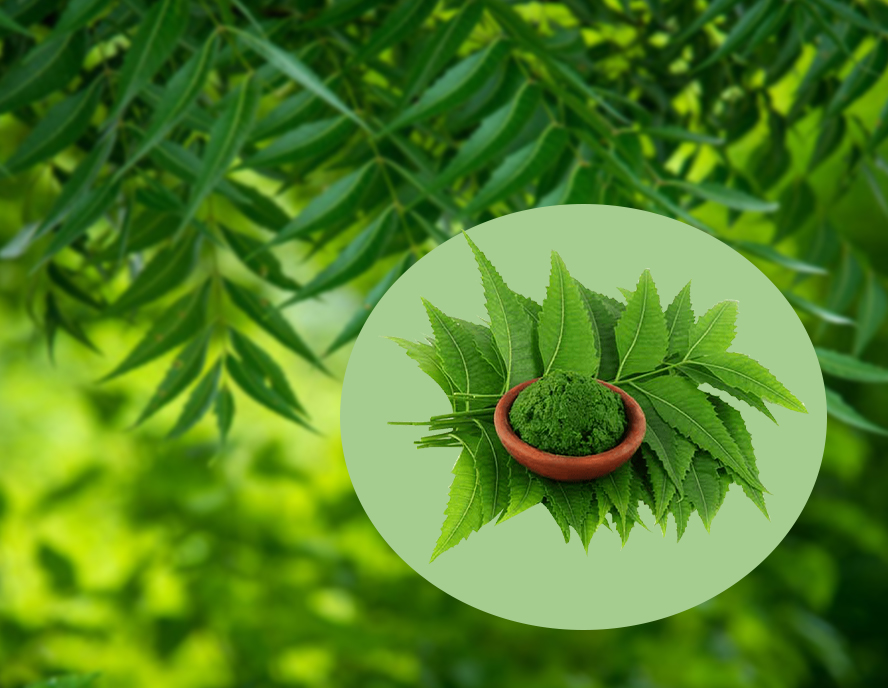
Neem (Azadirachta indica):
Grandmother’s all-in-one herb for every skin and health issue, from childhood to the present, will recommend this amazing herb Neem. From skin issues to dandruff and aching joints, thisversatile plant will give you a spurt of benefits for all your concerns.
Vijaya
An Ayurvedic terminology for cannabis or bhang. It is one of the most potent and important herbal origins of narcotics used for therapeutic purposes by ayurvedic physicians.Vijaya or hemp give diverse windfalls like detoxification and healing benefits, helpful in treating chronic pain like arthritis, muscular spasm, sciatica pain, colic and menstrual pain and some other treatments.

Rheumatoid Arthritis
it’s an autoimmune disorder, where the body’s immune system attacks its tissue (including joints). A condition of chronic inflammatory disorder affecting diverse joints of the human body.

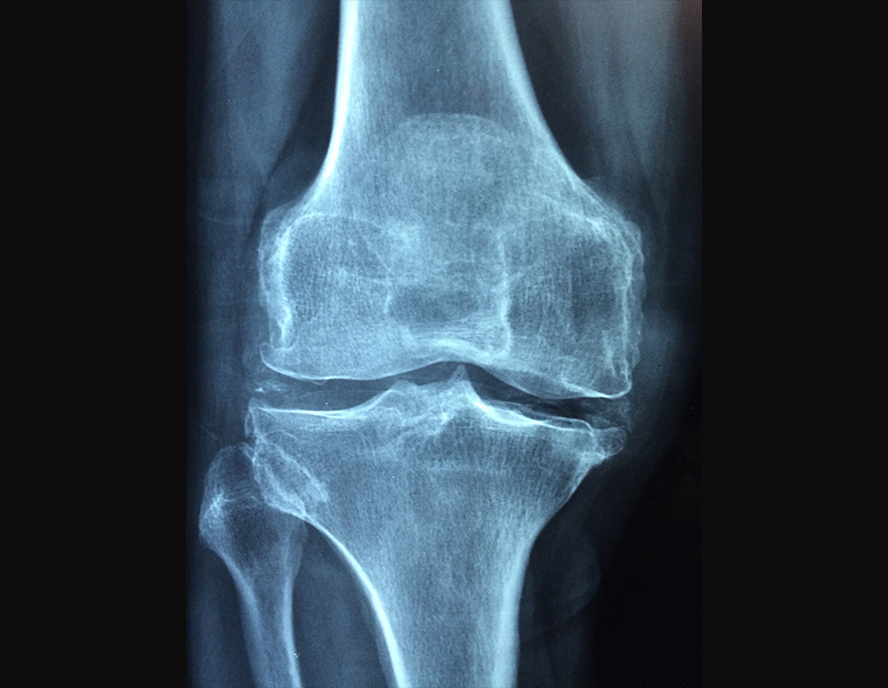
Osteoarthritis:
Osteoarthritis is also known as degenerative joint disease.
This osteoarthritis is not an autoimmune disorder like rheumatoid, osteoarthritis is caused by mechanical deterioration and rupture of joints.
Rx:
Derived from the Latin word “recipere” means recipe. It is a popular abbreviation tried by medical practitioners as an aspect of the subscription of a prescription they provide to patients.


OTC (over the counter)
We usually heard about over-the-counter or OTC treatments, these OTC treatments or medicines are non-prescription medicine. It means you can buy OTC medicines without any prescription
Topical medicine:
For acne, itches, pain, and burns, we apply medications, ointments, or oils to our skin or mucous membrane, and they enter our bodies through the skin. Cannabis derivatives are mostly used as topical treatments for pain relief. These medications are known as topical medications because they are applied to the skin.

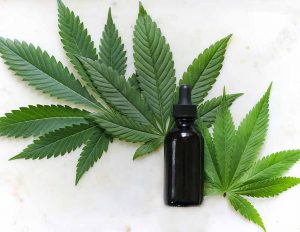
Tincture
Herbal plant extract that has been concentrated. The extract from herbal plants dissolved in ethanol is typically an alcoholic extract.
Multiple sclerosis:
This affects the transmission of nerve impulses between the brain and the body because of damage to nerves. It’s an autoimmune disorder in which the protective covering of nerves is eaten up by the immune system itself
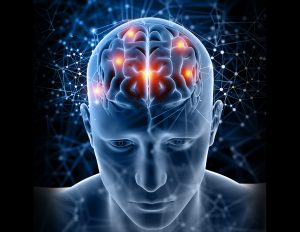

Eczema:
Atopic dermatitis is another name for eczema. It is primarily a genetic disease, but it can also be caused by other factors. Eczema is itchy skin inflammation. This caused rashes and extremely dry patches of skin in specific areas.
PCOS (Polycystic ovary syndrome)
A hormonal disorder of the female reproductive system, where imbalances in hormones spur enlarged ovaries with small cysts.
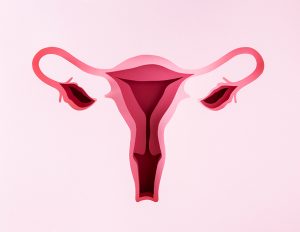
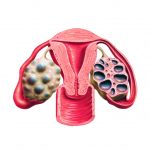
PCOD (Polycystic ovary disease)
A female reproductive disease where a large number of immature eggs are released by ovaries which causes hormonal imbalances and swollen ovaries.
PUFA (Polyunsaturated fatty acids)
It’s an unsaturated fatty acid which contains more than one double bond in its backbone structure. PUFA are good fats which are advantageous for your heart condition. Olive oil and canola oil are some examples of fat which contain PUFA.


MUFA (Monounsaturated Fatty acids)
These are unsaturated fatty acids or healthy fat molecules which contain only one double-bond fatty acid chain. Good for heart health and displaces the bad fats like saturated and trans fats from the body and limiting the risk of heart stroke, lowering cholesterol, and other heart-related ailments.
Sciatica pain:
This process affects the sciatic nerve, causing pain to radiate from the spine and down the back of the leg along the sciatic nerve.


